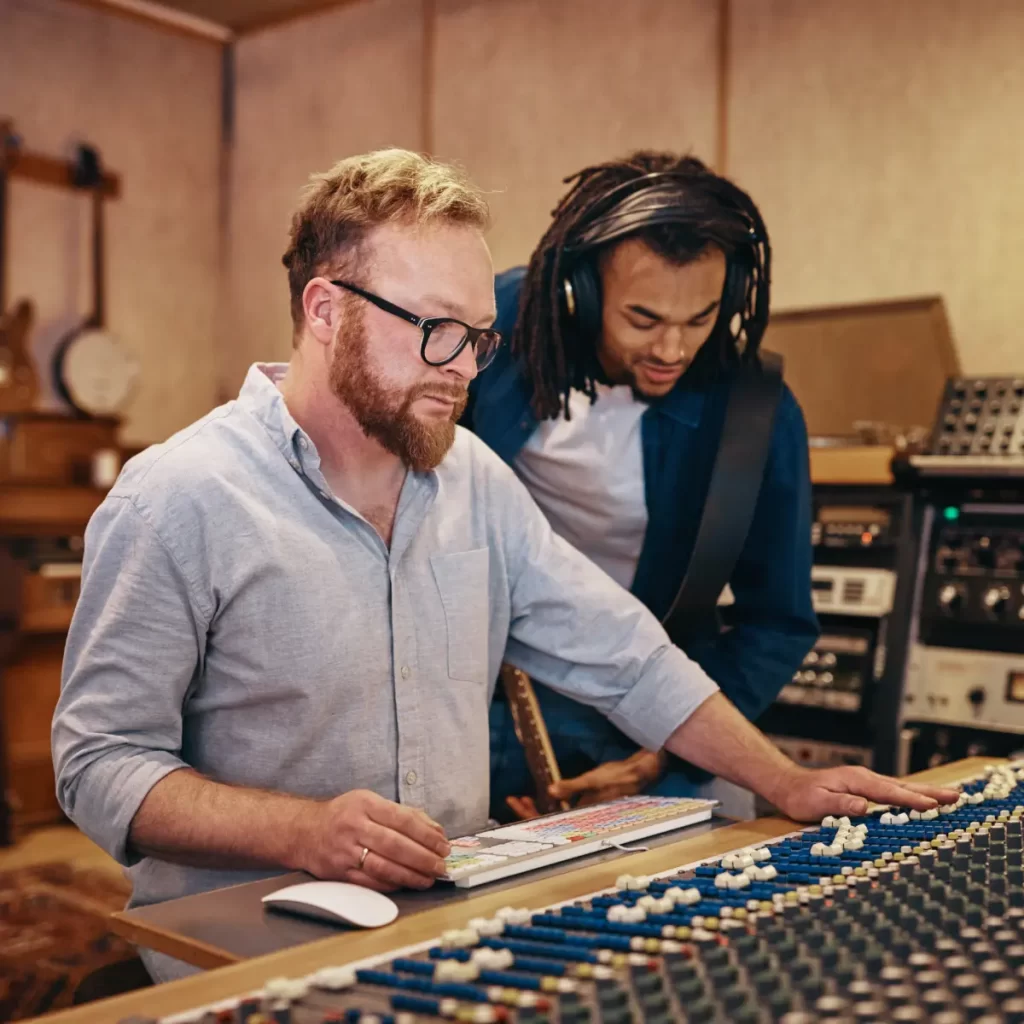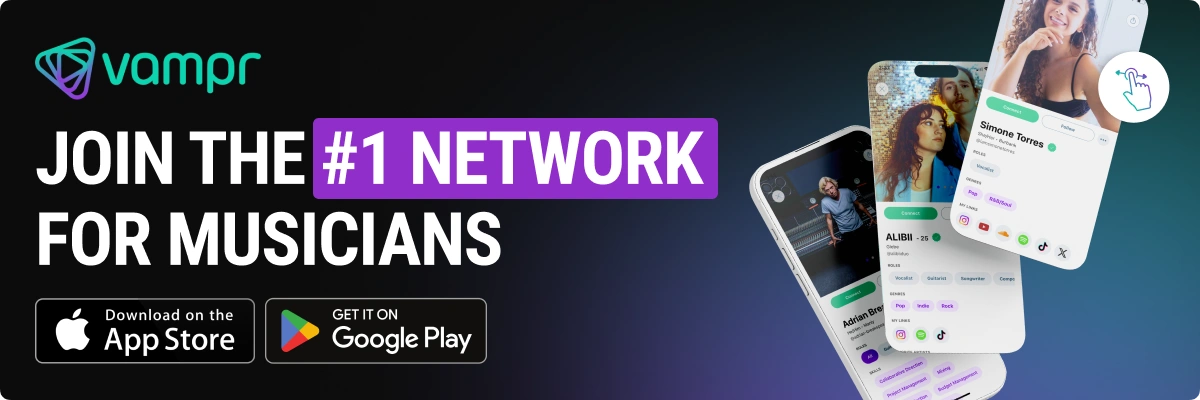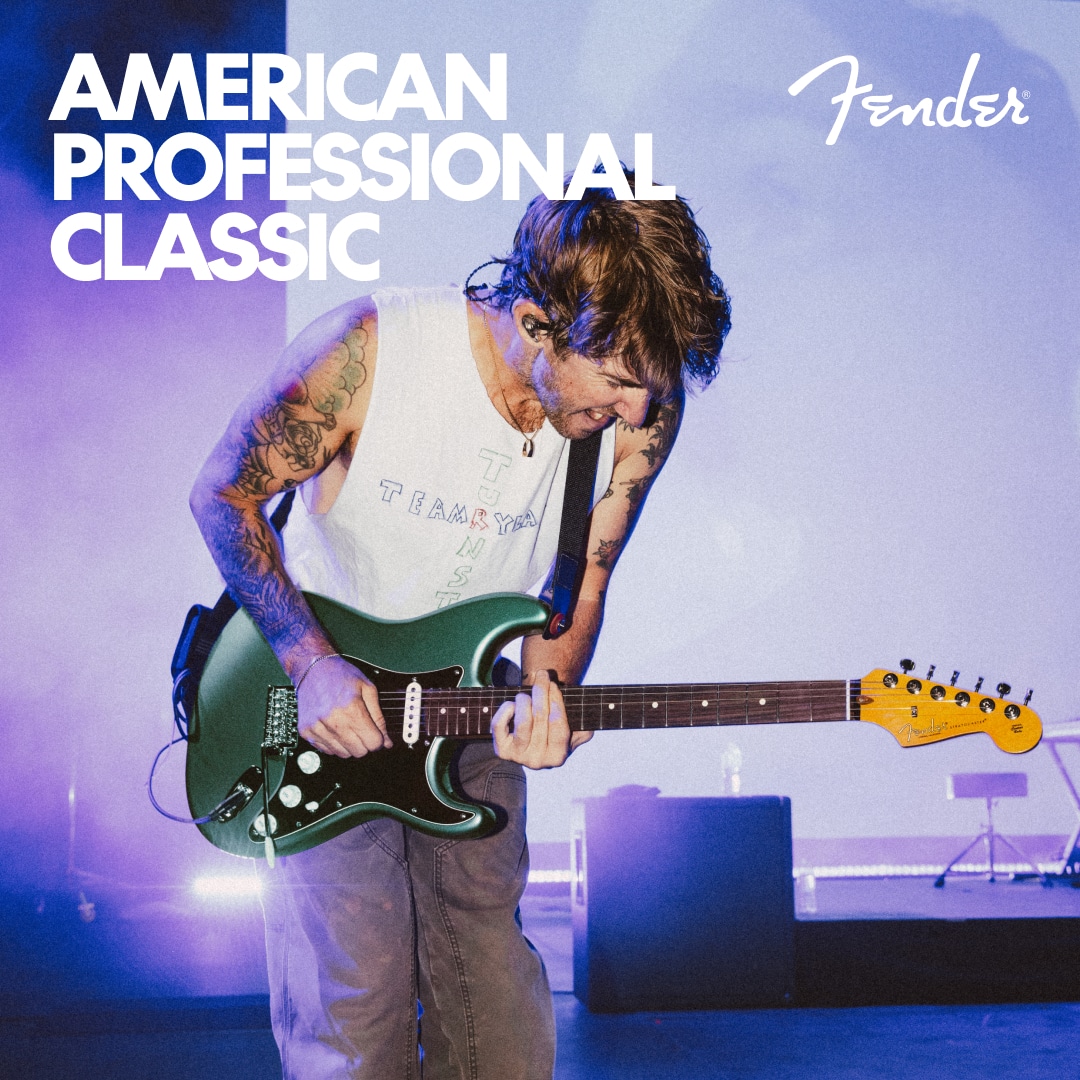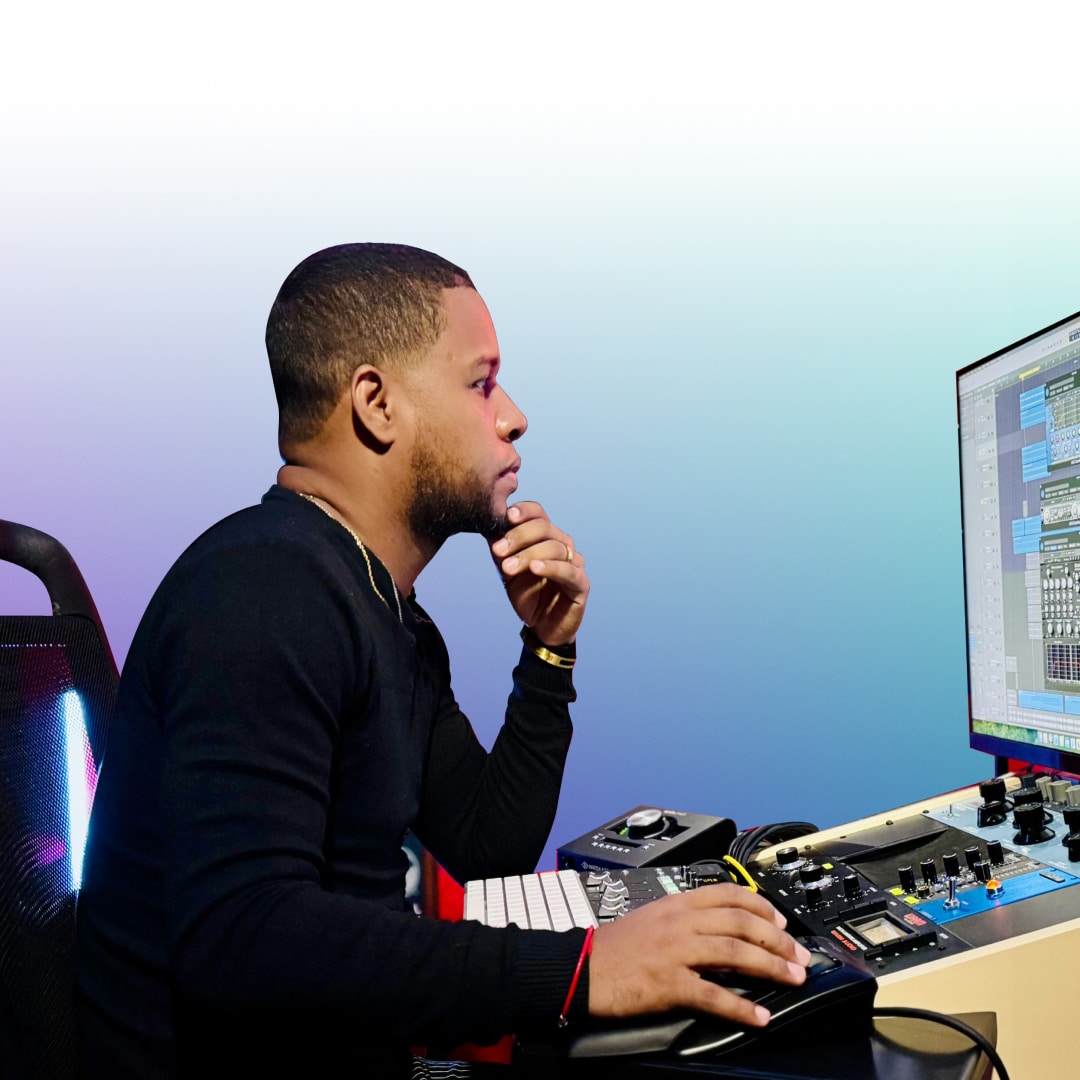In today’s digital age, the landscape of music distribution has transformed, making a
multi-platform music distribution strategy crucial for artists. As streaming continues to dominate music consumption, indie artists’ strategies for streaming success must evolve. By spreading their music across multiple music streaming sites, artists can maximize their visibility and access to different audiences globally. Not being present on all available platforms can lead to missed opportunities for exposure and fan engagement, making it essential for artists to broaden their digital footprint.
Advantages of Releasing Music Across Multiple Platforms
Reaching Broader and More Diverse Audiences
Expanding an artist’s presence to multiple streaming platforms allows for access to a more extensive and varied audience. Each platform has its unique user base, which may differ in demographic and musical tastes. Niche platforms offer targeted communities with specific music preferences, presenting a golden opportunity for artists to be discovered by new fans. By choosing to add music on Spotify and simultaneously upload music to Apple Music, artists tap into mainstream audiences. However, including lesser-known platforms can capture dedicated listeners eager for new sounds. This strategy ensures an artist’s work is accessible where their potential fans are most likely to frequent, maximizing discoverability.
Increasing Opportunities for Income
One significant advantage of distributing music across various platforms is the increased potential for earning. With each additional service, artists open new channels for music income from streaming platforms, which can accumulate to form a substantial revenue stream. Understanding how to
maximize music royalties involves strategically placing music where it can earn the most per stream, alongside active promotion to boost play counts, directly benefiting an artist’s financial stability.
Diversifying Revenue Streams
Relying on a single platform for music revenue can be risky. Different platforms may offer varying royalty rates and promotional opportunities, which can affect overall earnings. By employing a cross-platform music promotion strategy, artists ensure they are not putting all their eggs in one basket. It not only stabilizes their income but also opens up opportunities like exclusive deals or platform-specific promotions that can further augment their earnings.
Tools for Multi-Platform Music Distribution
Popular Multi-Platform Distribution Tools
Several tools simplify the process of navigating the complexities of music distribution for indie artists. Services offer
independent artist music distribution solutions that handle everything from uploading tracks to managing royalties. These platforms allow artists to distribute their music globally, ensuring that tracks appear on all major music streaming sites. By leveraging these tools, artists can focus more on their music and less on the administrative aspects of distribution.
Comparing Free vs. Paid Services
Free platforms may offer basic distribution capabilities, but often at the cost of higher commission rates on royalties or limited access to promotional tools. On the other hand, paid services typically provide broader distribution networks and better support. Deciding between these options depends on an artist’s budget, career stage, and specific needs for exposure and earnings.
Tips for Choosing the Right Distribution Platform
Selecting the appropriate distribution platform is critical for maximizing an artist’s potential on streaming platforms for musicians. Here’s a comprehensive approach to making this decision:
- Evaluate Your Needs: Begin by identifying your priorities in a distribution platform. Are you seeking global reach across major streaming platforms, or do you need niche services tailored to specific genres or regions? Consider whether you require add-ons like promotional support, playlist pitching, or detailed data analytics. Knowing your needs helps you narrow down your choices, ensuring that the platform aligns with your career goals. This step lays the groundwork for selecting a service that complements your strategy and maximizes your music’s potential.
- Research Platform Reputations: The reputation of a distribution platform speaks volumes about its reliability and effectiveness. Explore reviews, testimonials, and case studies from other artists who have used the service. Look into its history of timely royalty payments, ease of use, and customer support quality. Platforms with positive reputations often offer smoother experiences, while negative reviews can indicate potential red flags. Thorough research gives you confidence in your decision, reducing the risk of encountering unexpected challenges.
- Compare Costs And Benefits: Distribution platforms come with varying fee structures, including flat rates, percentage-based royalties, or annual subscriptions. Analyze these costs in conjunction with the services they provide, such as promotional tools, platform reach, and reporting accuracy. A more expensive platform might offer greater benefits, while budget-friendly options could suffice for artists with simpler needs. Balancing costs with the potential for exposure and earnings ensures you get the best value for your investment.
- Check For Additional Features: Many platforms offer unique features that can enhance your music’s visibility. Look for tools like pre-save campaigns, social media integration, or cross-platform promotion. Some services even provide detailed audience insights, helping you refine your marketing strategies. These additional features can give you a competitive edge by making it easier to connect with listeners and build your brand.
- Consider The Flexibility Of Contracts: Distribution contracts can vary widely in terms of exclusivity and commitment. Non-exclusive agreements allow you to distribute your music across multiple platforms, maximizing your reach. Flexible contracts also enable you to switch services if your needs evolve. Before committing, review the terms carefully, including potential penalties for early termination or changes. A flexible arrangement ensures you maintain control over your music’s distribution strategy.
In carefully evaluating your needs, researching options, and considering features and contracts, you position yourself for greater success and long-term growth as an artist.
Streamlining the Submission Process
Utilizing multi-platform music distribution tools can greatly reduce the effort required to manage multiple submissions. These tools often provide unified forms that populate information across various platforms, ensuring consistency and saving time. Additionally, they can help track the status of uploads and simplify the management of an artist’s catalog, making it easier to maintain a coherent strategy across all chosen platforms.
Cross-Platform Music Streaming Strategies
Creating Unified Marketing Campaigns
To maximize the impact of a release, it’s essential to create unified marketing campaigns that span all the platforms where your music is available. This involves synchronizing release dates, promotional messages, and visual branding to ensure a consistent message is conveyed regardless of where fans encounter your music. Such alignment enhances brand recognition and helps reinforce your message across different media, making your campaign more effective at engaging existing fans and attracting new ones.
Leveraging Social Media for Cross-Promotion
Social media platforms are invaluable for promoting music across various streaming services, enabling artists to engage directly with their audience in a dynamic way. Here’s how to effectively leverage social media for cross-promotion:
- Coordinate Content Releases: Timing is key when it comes to promoting your music. By aligning your social media posts with your music release schedule, you ensure your audience stays informed and excited about your latest work. For example, teasing snippets of a new song or sharing countdowns to release day can build anticipation. Pairing these posts with a clear call-to-action, such as “Pre-save now” or “Stream here,” ensures your audience knows exactly how to access your music. Coordinated content keeps your promotional efforts cohesive and impactful.
- Utilize Platform-Specific Features: Each social media platform offers unique tools to help you creatively showcase your music. Instagram Stories can highlight song previews or share behind-the-scenes clips, while Facebook Live allows for intimate performances or Q&A sessions with fans. TikTok trends can drive viral engagement, especially when paired with your music. By tailoring your content to the strengths of each platform, you enhance its visibility and foster interaction with your audience.
- Engage With Followers Regularly: Consistent interaction with your audience strengthens their connection to your music. Responding to comments, hosting live sessions, and participating in trending challenges show that you value your followers’ support. Engaging in real-time creates a sense of community and keeps your followers invested in your journey. Regular engagement not only boosts your visibility on social platforms but also encourages your fans to share your music with their networks, amplifying your reach.
- Run Targeted Ad Campaigns: Social media advertising tools enable you to reach potential listeners based on their preferences, location, and demographics. Platforms like Facebook and Instagram offer detailed targeting options, allowing you to promote your music to people who are most likely to enjoy it. You can run campaigns highlighting new releases, upcoming performances, or special promotions. Well-executed ad campaigns can significantly expand your audience, driving streams and building awareness among listeners who might not have discovered your music otherwise.
- Share Behind-The-Scenes Content: Giving your followers a peek into your creative process fosters authenticity and connection. Sharing clips from recording sessions, tour preparations, or personal moments creates a narrative that fans can relate to. These glimpses behind the curtain make your audience feel more involved in your journey, strengthening their emotional connection to your music. This type of content often sparks conversations and encourages fans to support your work more actively.
Using social media for cross-promotion is not just about sharing music—it’s about cultivating a genuine relationship with your audience. By coordinating releases, leveraging platform-specific tools, engaging regularly, running targeted ads, and sharing behind-the-scenes content, you create a vibrant online presence that drives streams and deepens fan loyalty. This multi-faceted approach ensures your music reaches and resonates with a wider audience.
Partnering with Influencers
Collaborating with influencers who align with your music genre can significantly amplify your reach. These partnerships can take various forms, such as influencers featuring your music in their content or collaborating on a promotional campaign. The key is to choose influencers whose followers are likely to appreciate your music, thus extending your reach to potential new fans who trust the influencer’s recommendations.
Maximizing Royalties and Income
Tracking and Analyzing Your Revenue Performance
To effectively increase income from music income from streaming platforms, artists must track and analyze their revenue performance regularly. This involves using analytics tools provided by streaming services to monitor which songs perform well and understand listener demographics. Insights gleaned from this data can guide artists in tailoring their marketing strategies and production choices to align with listener preferences, thereby potentially increasing streams and maximizing revenue.
Strategies for Increasing Streams
One of the most effective strategies for increasing streams across all platforms involves continuous engagement with fans and regular content updates. This might include releasing remixes, live versions of popular tracks, or music videos to keep the audience interested and coming back for more. Engaging with other artists and cross-promoting each other’s music can expand reach and draw in a broader audience, thus increasing play counts and the potential for higher royalty payouts.
Optimizing Your Releases for Success
The Role of Metadata
Metadata serves as the backbone of digital music distribution, defining how tracks are identified, categorized, and accessed on streaming platforms. Beyond simple track titles or artist names, metadata contains a range of essential details, including release dates, album titles, producer credits, and copyright information. Each of these components ensures that a song is properly indexed and discoverable. Without accurate metadata, even the best tracks risk becoming lost in the vast sea of digital music. This foundation helps streaming services like Spotify, Apple Music, and YouTube Music create accurate search results and organize tracks into curated playlists or genre-based recommendations. The integrity of metadata is especially crucial for independent artists, who rely heavily on discoverability to compete with established names in an oversaturated market.
Optimizing metadata goes beyond filling out basic fields; it involves strategic decisions to improve visibility and appeal on streaming platforms. Including specific and relevant genre tags or subgenres, for example, can help tracks appear in niche playlists tailored to particular audiences. Similarly, adding mood or activity-related tags—like “chill,” “workout,” or “party”—can place songs in themed playlists, which are highly popular among users. Correct attribution of collaborations or featuring artists ensures that all involved parties benefit from cross-platform exposure.
Timing Your Releases for Maximum Impact
Choosing the right time to release new music can significantly affect its success. Analyzing trends and seasonal listening habits can help in planning releases to coincide with periods when potential listeners are most active. For instance, releasing upbeat summer tracks just before the season starts or thoughtful ballads around the end of the year can align with listeners’ moods and activities, increasing the likelihood of higher engagement and streams.

Embracing the best music-sharing platforms has been shown to be immensely beneficial for artists looking to expand their reach and enhance their market presence. This approach allows musicians to tap into diverse audience pools across different digital platforms, increasing their exposure and potential fan base. The strategies discussed not only aid in cross-platform music promotion but also strengthen an artist’s ability to generate more consistent and diversified revenue streams. By distributing music across a variety of platforms, artists maximize their opportunities for discovery and engagement, which are crucial for building a sustainable music career.
See why Vampr is the #1 app for music industry collaboration and networking
About Vampr
Vampr is the ultimate music networking app designed to help you connect with musicians and grow your career. As a leading music industry network, Vampr makes it easy to find music collaborators, join a band, or even find a jam partner. Whether you’re searching for band members or looking to expand your music community platform, this app for musicians streamlines music collaboration like never before. Ready to take your music to the next level? Start networking and create something amazing today!
Vampr makes online music collaboration effortless, helping you find a beatmaker, hire a music arranger, or work with a sound engineer all in one place. Whether you’re looking to find a composer, collaborate with EDM producers, or find a hip hop producer, this platform connects you with the right talent for remote music production. Need professional mixing? Vampr also helps you find a mixing and mastering service and find musicians for recording—so you can bring your music to life with ease.
Vampr is the go-to platform to get work as a musician and find paid music gigs—whether you’re looking for music jobs near me or remote music jobs you can do from anywhere. From landing paid gigs as a musician to securing opportunities to work as a session musician, Vampr connects you with the right people. Need industry support? You can also find a music manager or hire a music manager to help grow your career. Plus, if you’re looking to find a band to join, Vampr makes it easy to connect and start making music today!
Vampr is the ultimate indie musician networking platform, making it easy to find rock musicians, connect with EDM producers, or collaborate on pop music. Whether you’re looking to find hip-hop artists, connect with country songwriters, or find jazz musicians, Vampr helps you build the right creative team. Need to hire classical musicians, find metal band members, or work with electronic music producers?
Vampr is the place to discover and collaborate with talented artists across all genres!














